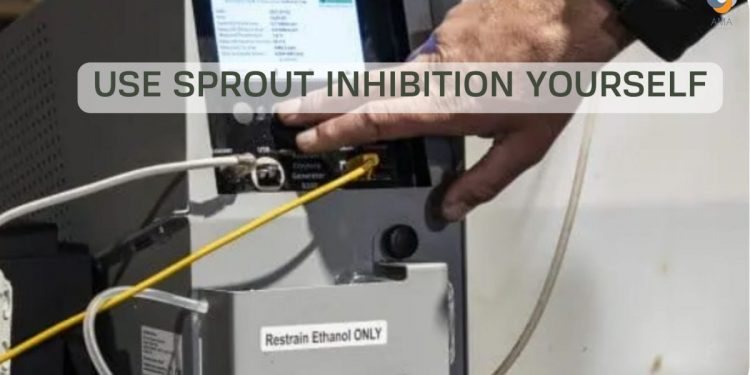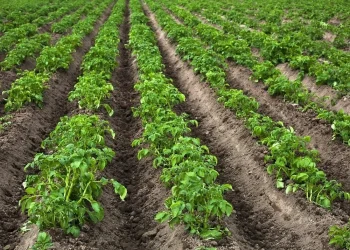Ethylene is one of the most effective sprout inhibitors for potatoes in storage. The method is cheap, easy to use and can be used independently by growers. Still, there are a number of myths surrounding the method; often disseminated by representatives of other means. What are the facts? Researchers, users and buyers tell more about their experiences with ethylene sprout inhibition. This time: ease of use.
Sprout inhibitors come in all shapes and sizes. But for most, you can’t take and apply them on your own. Your contract often runs through an intermediary and you need specialists with advanced equipment to periodically distribute the sprout inhibitor in your warehouse. You are also often not allowed to enter the storage area for a few days after the administration. And if the potatoes have to go to the processor, there is a waiting period that can be up to 30 days.
Ethylene offers growers flexibility and independence
Using ethylene as a sprout inhibitor prevents many of these problems. That is also an important reason that growers opt for this method en masse, says Adrian Briddon, technical manager at sprout inhibitor developer Restrain. “At Restrain, growers are direct customers of the company. There are no intermediaries involved. You purchase an ethylene generator and jerry cans with ethanol yourself. Then you can place the generator in your shed, connect it and start it up. The technology does the rest. The generator automatically and continuously distributes the natural gas through the potato storage.”
No waiting time
During a sprout inhibition treatment with ethylene, growers can easily enter their storage. Briddon: “Ethylene is completely harmless, so there is no risk of damage to the health of the manager, the potatoes or the storage shed. Ethylene also leaves no residue on or in the potatoes. This allows potatoes to be processed directly from storage. There is no waiting time.”








